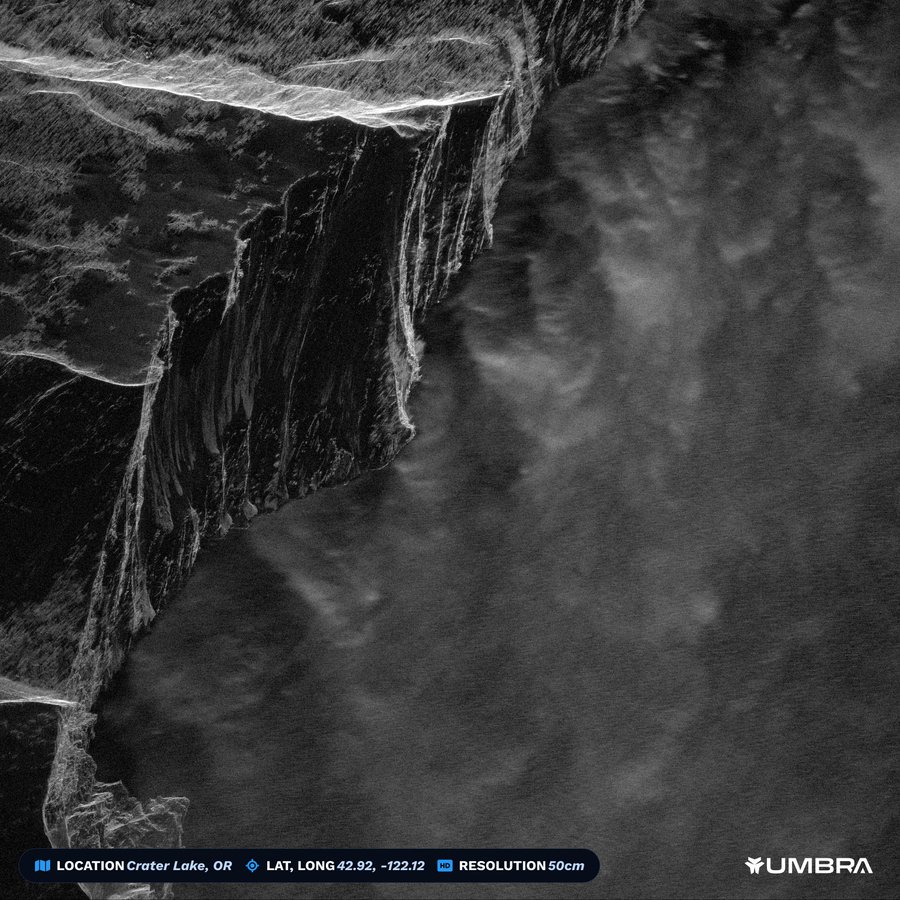Synthetic Aperture Radar (SAR) Market to Surpass USD 15 Billion by 2032
The Synthetic Aperture Radar (SAR) market is poised for substantial growth, with projections indicating that its valuation will exceed USD 15 billion by 2032. This rapid expansion is driven by advancements in SAR technology, increasing applications across various industries, and a growing demand for reliable, high-resolution imaging capabilities.
Key Drivers of SAR Market Growth
Technological Advancements: Recent developments in SAR technology have significantly enhanced its capabilities. Modern SAR systems now offer improved resolution, faster data processing speeds, and increased efficiency in capturing high-quality images, regardless of weather conditions or time of day. These technological advancements have broadened SAR’s applications, making it essential in fields such as environmental monitoring, urban planning, defense, and disaster management.
Rising Demand in Defense and Security: SAR technology is crucial for military and defense applications due to its ability to provide detailed imagery under all conditions. It is extensively used for surveillance, reconnaissance, and intelligence gathering. As global geopolitical tensions and security concerns escalate, the demand for advanced SAR systems in defense is expected to grow, contributing significantly to market expansion.
Environmental and Climate Monitoring: With climate change emerging as a pressing global issue, the need for continuous environmental monitoring has increased dramatically. SAR is vital for tracking changes on the Earth’s surface, such as deforestation, glacier movements, and urbanization. Its ability to monitor large areas with high accuracy makes it an invaluable tool for scientists and environmentalists, driving increased market demand.
Commercial and Industrial Applications: Beyond defense and environmental monitoring, SAR technology is increasingly being adopted in the commercial sector. Industries like oil and gas, agriculture, and infrastructure rely on SAR for resource exploration, crop monitoring, and infrastructure management. The integration of SAR with technologies such as artificial intelligence (AI) and machine learning further enhances its utility, promoting broader adoption and market growth.
Market Segmentation and Regional Insights
Product Segmentation: The SAR market is segmented into airborne and spaceborne systems. Airborne SAR systems, mounted on aircraft, offer flexibility and rapid deployment, making them ideal for localized and tactical applications. Spaceborne SAR systems, deployed via satellites, provide extensive coverage, making them suitable for large-scale environmental monitoring and global surveillance.
Application Segmentation: SAR technology is used across various sectors. In defense, it supports border surveillance, target detection, and battlefield reconnaissance. In the civil sector, SAR aids in natural disaster management, land use mapping, and infrastructure monitoring. The commercial sector utilizes SAR for precision agriculture, oil spill detection, and maritime surveillance.
Regional Insights: North America and Europe currently lead the SAR market, thanks to substantial investments in defense and space exploration. However, the Asia-Pacific region is expected to experience the highest growth rate over the forecast period. Factors such as rapid industrialization, increasing defense budgets, and initiatives for environmental conservation are driving SAR demand in countries like China, India, and Japan.
Challenges and Opportunities
While the SAR market is set for significant growth, it faces challenges such as high development and deployment costs and the complexity of data interpretation. Nevertheless, ongoing research and development efforts aim to overcome these hurdles by enhancing the cost-efficiency and user-friendliness of SAR systems.
Opportunities for Innovation: Integrating SAR with emerging technologies like the Internet of Things (IoT), big data analytics, and cloud computing presents significant opportunities for innovation. These integrations can improve the capabilities of SAR systems, making them more accessible and effective for real-time applications.
Conclusion
The Synthetic Aperture Radar market is on a strong growth trajectory, driven by technological advancements and expanding applications across various sectors. With a projected market size surpassing USD 15 billion by 2032, SAR technology is set to revolutionize imaging and monitoring capabilities worldwide. As industries and governments increasingly recognize the value of high-resolution, all-weather imaging, the demand for SAR systems will continue to rise, heralding a new era of innovation and growth in the market.
Source: Global Market Insights

